
1473
– Mary has her fingers in the Bible, suggesting foreknowledge of annunciation scene
– display of skill with painting drapery
– follows style of Flemish painters – but to suit Italian needs
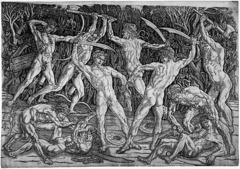
1470
– first mass-reproduced piece, made w etched bronze
– emphasis on the outer body, musculare in motion/distortion
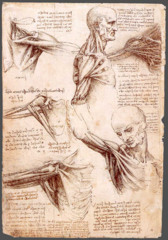
1507-8
– Unlike others, da Vinci showed great interest into the internal workings of a human
– wanted to find where in the body life was generated and where the soul lives
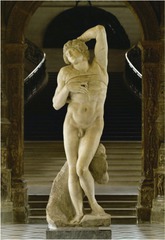
1513-1515
– figures embody various emotional states: defeat, rebellion
– contorted bodies reflect Michelangelo’s inspiration by Laocoon and Belvedere torso
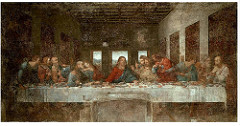
1495-1498
– unlike other depictions of the time, the figures are dynamic
– very clear story is told through the image
– Judas is not made clear

John, da Vinci
1505-1507
– figures resemble ancient greek sculpture
– coalesce to form a single being in composition
– Leonardo’s color scheme

1485-1490
– attempted to relate the human body to perfect forms like square and circle
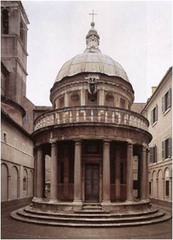
1502
– site of execution of St Peter, the first pope
– “perfect” architecture in terms of proportions, symmetry, etc.
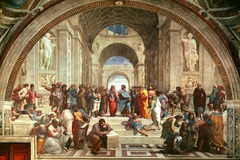
1509-11
– represents philosophy
– able to distinguish all figures just from visual cues
– Plato is pointing up, Aristotle is pointing down

1505
– Venetian Art
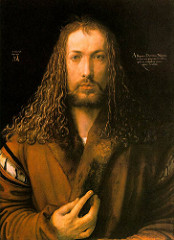
1500
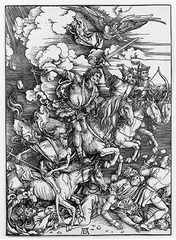
1499
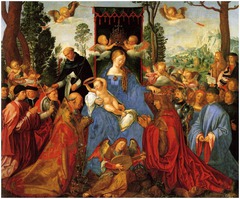
1506
-only altarpiece painted by Durer, he considered it greater than the Italian altarpieces

1503
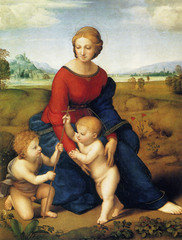
1505
– pyramidal composition
– subtle chiaroscuro
– style change to follow Leo’s sensational style
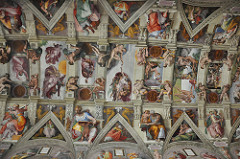
1508-12
– ignudi are various nude youths strewn around the scene, become more agitated the closer they are to God
– prophets and sibyls are seated on thrones around the chapel ceiling
– Virgin Mary and Christ child behind God @ creation of Man scene
– drunkenness of noah resembles normal, conservative painting




